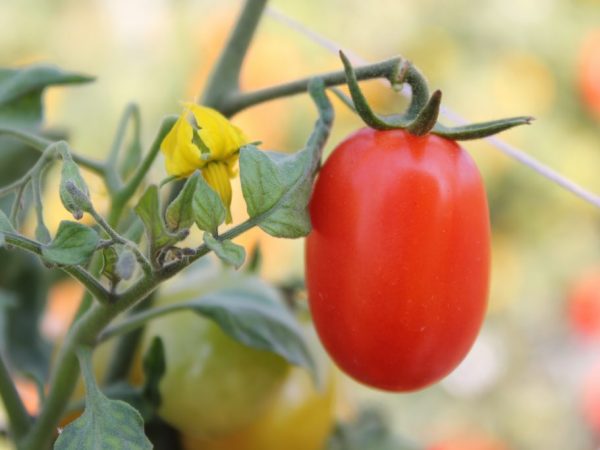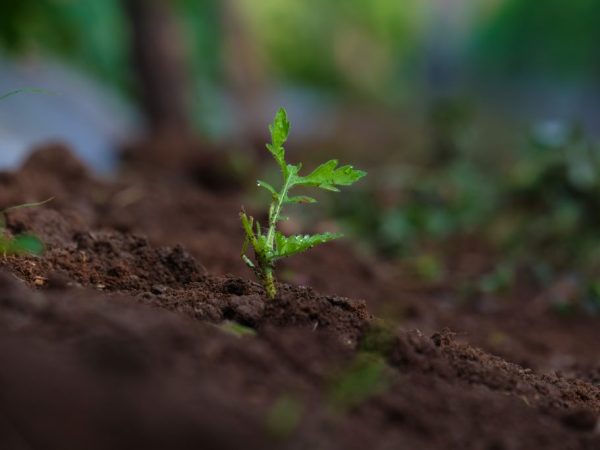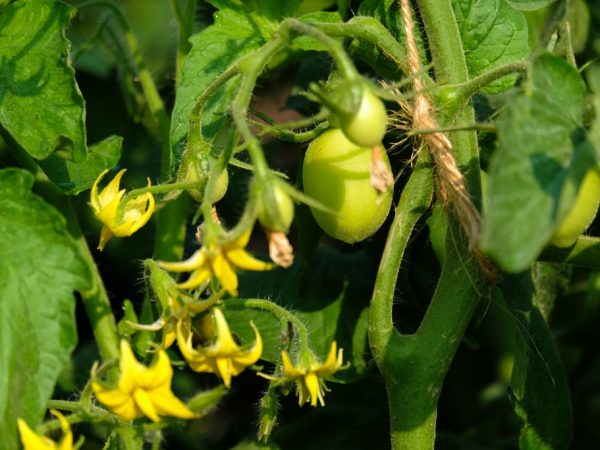Characteristics of the Katyusha tomato variety
In Russia, the Katyusha tomato is especially popular, primarily because it is resistant to any weather conditions.

Characteristics of the Katyusha tomato variety
According to the description, Katyusha tomato has very tasty fruits, from which even desserts are prepared.
Characteristic
Tomatoes of the Katyusha F1 variety — Hybrid variety, bred in 2007.
The variety belongs to the mid-season, suitable for growing in the open field or in a greenhouse. According to the characteristics, tomatoes perfectly tolerate both heat and waterlogging of the soil.
Katyusha tomatoes have a yield of 65% -87%, it all depends on the weather and care. From 1 sq. m, if tomatoes are grown in the open field, about 10 kg of fruit are obtained. In a greenhouse with 1 sq. m collect 16 kg.
Description of bushes
The hybrid belongs to determinant plants, the bush grows up to 80 m in height. If Tomatoes are grown in greenhouses, the stem size can reach up to 1.3 m.
Tomatoes grow in one stem.
Description of fruits
According to the description, the fruit has an unusual red color. The weight of one tomato is about 180 g.
The tomato contains a sufficient amount of sugar, dry matter and water.
Advantages and disadvantages
Tomato variety Katyusha F1 has a number of advantages:
- perfectly tolerates heat and excessive humidity;
- has fruits with good taste;
- has fruits that fully ripen;
- suitable for transportation over long distances;
- does not lend itself to diseases and insect attacks.
The disadvantage of Katyusha tomatoes is the weakness of the stems.
Planting seeds for seedlings

Tomatoes are easy to grow
It is not at all difficult to grow Katyusha tomatoes. The first stage is planting seeds for seedlings.
Planting seeds
First, a container is prepared for planting. To do this, use boxes or pots, after which they take the soil used to grow vegetables. It should be saturated with all the necessary vitamins and minerals.
The next step is seed preparation. Only viable seeds are selected. This can be done with a saline solution. Seeds are poured into it: the floating ones are unsuitable for planting, the rest can be safely planted in the ground.
Katyusha tomatoes are planted in a container to a depth of 5 mm. Some people use a ruler for this. The distance between the seeds should be about 2.5 cm. After planting the seeds, the container is covered with a plastic bag, after their emergence, the bag is removed.
Care of young sprouts
After the Katyusha Tomatoes sprout, a dive is carried out. This is done when 2 strong leaves appear on the sprout. In this case, it is necessary to moisten the soil well and carefully pull out one seedling at a time. Seedlings should be placed in separate containers.
Seedlings need careful care. They are watered regularly. The seedlings should stand where there is sufficient light and the air temperature is at least 15 ° C. Once every 7 days, the containers are scrolled so that the seedlings grow evenly and do not lean to one side.
There is no need to fertilize during this period, because the nutrients contained in the soil are enough before planting in open ground. A few weeks before planting on the street, the seedlings are hardened. To do this, the seedlings are taken outside for 15 minutes every day.
Planting tomato seedlings Katya
It is recommended to plant seedlings of this variety in cloudy weather or in the afternoon. During this period, the temperature outside is not so high, which allows the seedlings to take root better. Before planting, diseased, yellow, cotyledon leaves are removed from the seedlings.
Katyusha tomatoes are planted at temperatures above 15 ° C. The distance between the beds should be about 80 cm, and between the bushes - 30 cm. After preparing the beds, you can safely plant seedlings. Their height should not be more than 15 cm.
Tomato care

Proper care will increase the yield of the plant
After planting in the ground, the plant is provided with quality care. To begin with, mulching the soil is regularly carried out: this allows the seedlings to quickly take root, get stronger and begin to grow actively. Mulching the soil is best done with humus mixed with sawdust.
The variety is watered, weeds are removed around and the soil is loosened. This is the main component of proper care. Fertilizers are also regularly applied. For this, organic or inorganic substances are used.
The first feeding is carried out exactly 7 days after planting seedlings in open ground. To do this, half a liter of manure is mixed with 1 tbsp. l. nitrophosphate. For 1 plant, 1 liter of solution is consumed. When a second brush appears on the tomato, re-fertilization is carried out. For this, litter, superphosphate and potassium sulfate are used.
During this period, 1 bush takes half a liter of solution. During the appearance of the third brush, top dressing is carried out using humate and nitrophoska. For 1 sq. m use 10 liters of the mixture.
Diseases and pests of tomato Katya
The Katyusha F1 hybrid does not lend itself to diseases common to other tomatoes. They are not affected by tobacco mosaic, cladosporium, fusarium. But if you do not provide quality care, even the strongest bush will be affected by the disease. This is why compliance with the rules of care is so important.
Also, Katyusha can be attacked by various insects. Especially often they are struck by the bear, which even destroys seedlings. To cope with it, they use a special tool that is purchased in gardening stores.
The variety can be attacked by scoops, wireworms, Colorado potato beetle and aphids. To deal with these parasites, you only need special tools. Some insects are fought by planting other plants: calendula helps to get rid of the scoop. Also, this plant makes it possible to prevent the appearance of parasites.
Conclusion
The process of growing and caring for the Katyusha variety does not take much time and effort. The variety is planted in the same way as other varieties of tomatoes, and care consists in regular watering, feeding and disease prevention.
To get enough fruit, you must follow all the rules, from planting to harvesting.


